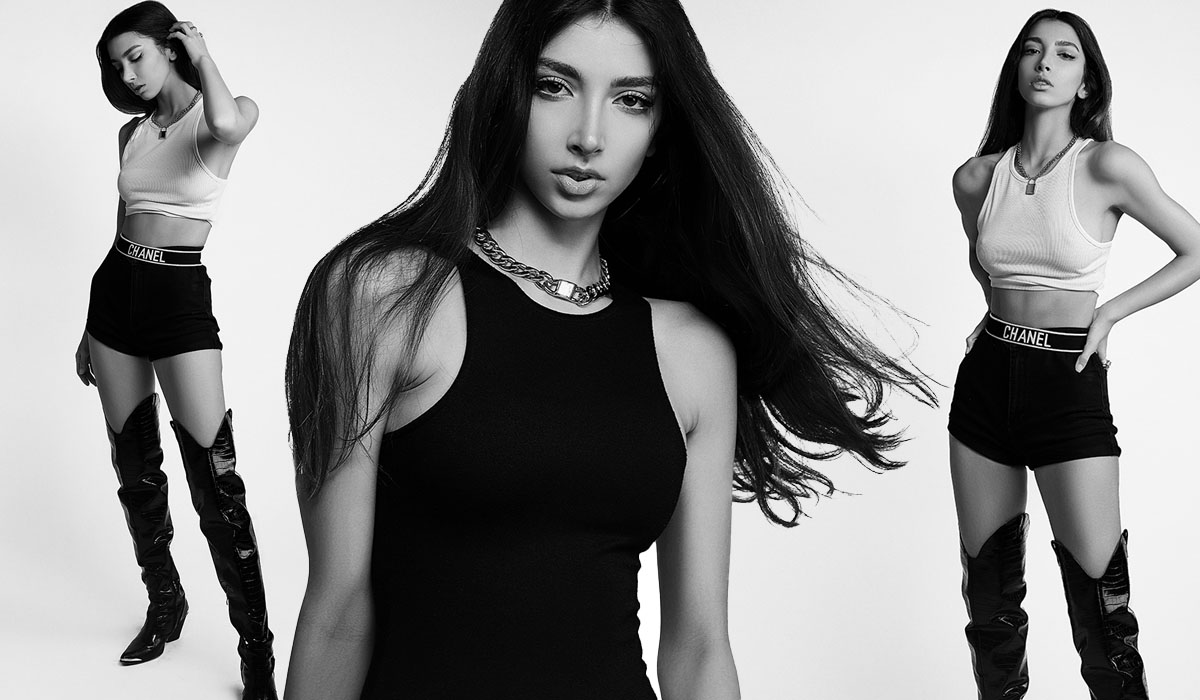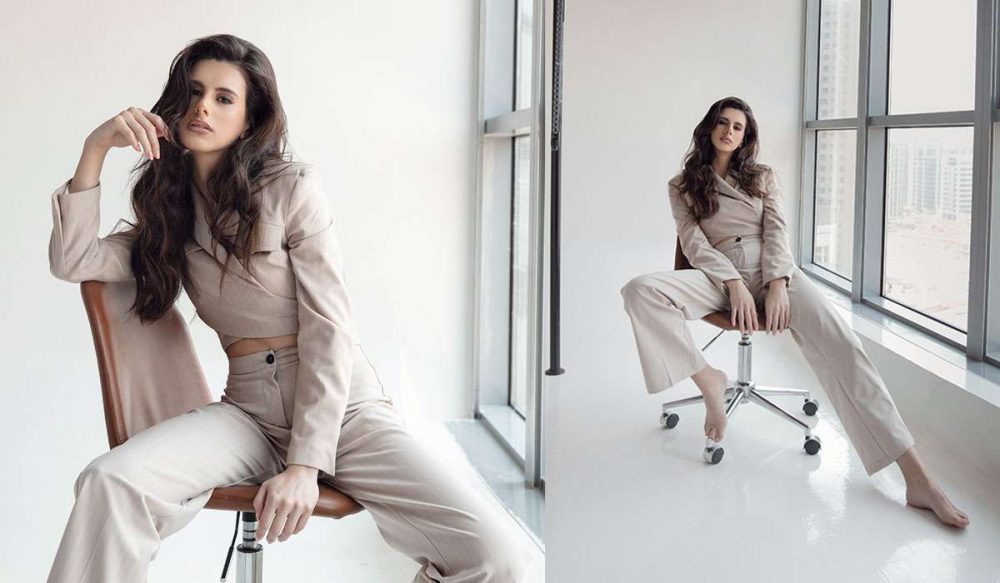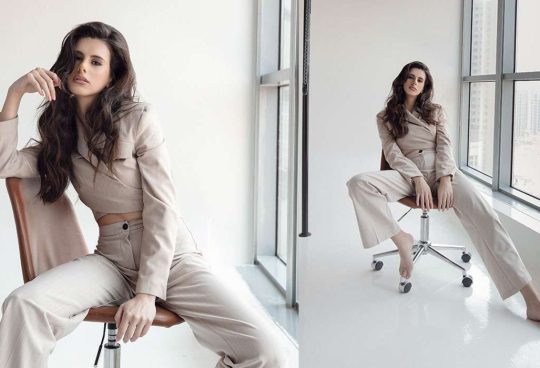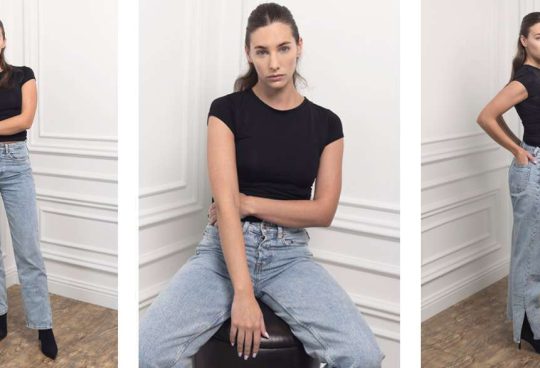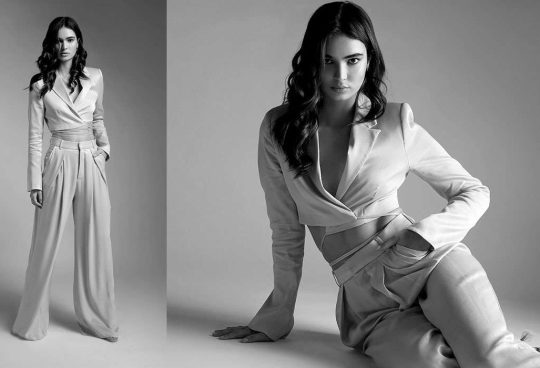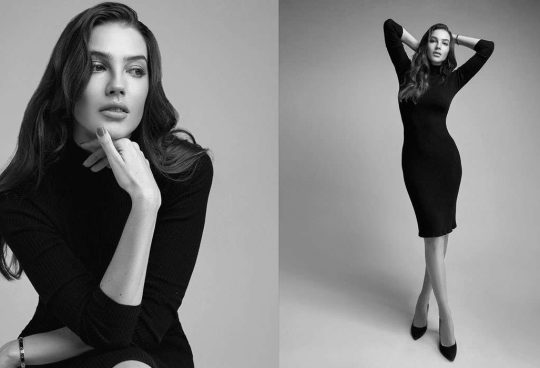How do Modeling Digitals differ from a traditional Model Portfolio?
If you’ve heard about modeling digitals but aren’t quite sure how they’re different from your traditional modeling portfolio, you’re definitely not alone. It’s common to feel a bit puzzled, especially since they both involve photos of you! In this friendly guide, we’ll clear things up gently, helping you understand exactly what digitals are, how they differ from a polished portfolio, and why each has its own special role in your modeling journey.
If you’re serious about modeling, you need to understand not just what they are, but why they matter-and how to make sure you’re ready with both.
What Are Model Digitals?
Model digitals, sometimes called polaroids, are clean, simple, unedited images taken to show your real, current look. Think of them as the “real you” on camera-no filters, no retouching, no distractions. Just natural lighting, minimal makeup, and clear views of your face and body.
They’re usually shot against a plain wall in neutral clothing. Full-length, profile, and close-up shots are standard. Agencies and casting directors use these to assess suitability for a role. They’re not looking for creativity here-they’re looking for clarity.
What is a Modeling Portfolio?
Your modeling portfolio, on the other hand, is a showcase. It’s where your best work lives. The editorial photoshoots, beauty campaigns, product ads-these tell the story of what you can become in front of a camera.
These photos are professionally lit, styled, and edited. They highlight your versatility, your ability to adapt to different looks and moods, and your experience across shoots and campaigns. Portfolios evolve over time and reflect your growth and skill as a model.
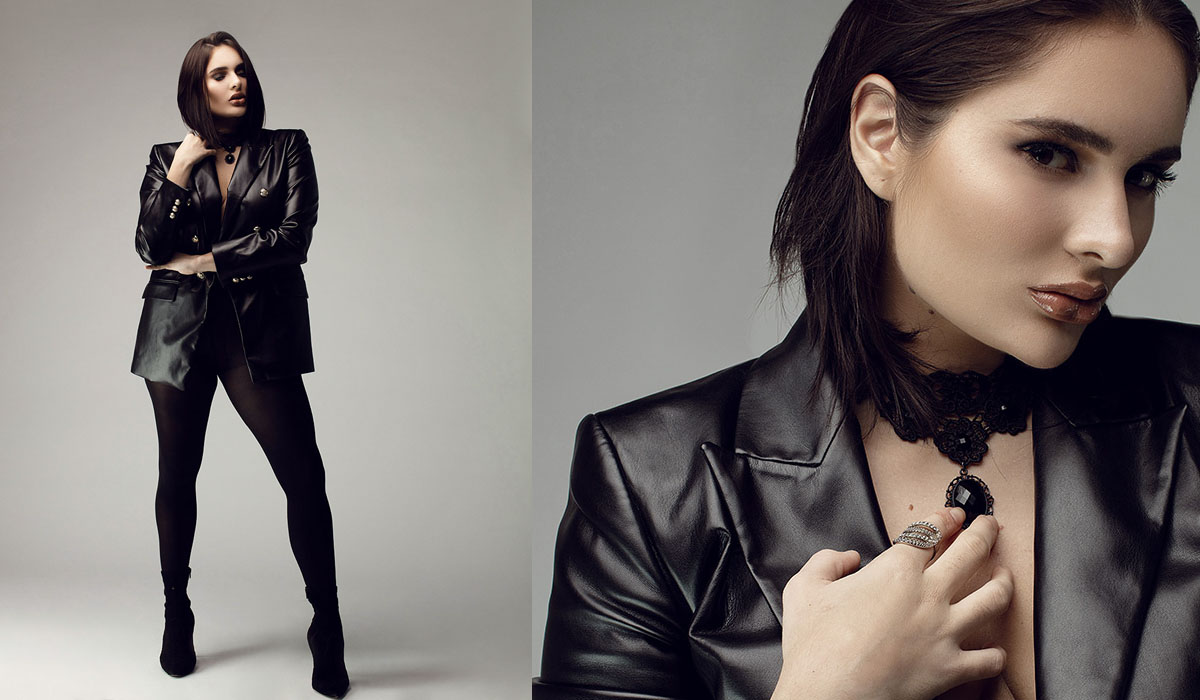
Why do you Need Both?
In our Studio360 workflow, especially when working with new faces or agency-bound talent, we stress this: digitals get you considered, your portfolio gets you chosen.
Without Modeling digitals, it’s hard for an agency to understand your real-time appearance. But without a strong portfolio, they can’t see your potential to perform on set or in a campaign.
They’re not two versions of the same thing. They’re two tools for two different conversations.
When to Use What
If you’re applying to agencies or submitting for castings: send your digitals. Always. They want to see what you look like today, not the high-fashion version from three months ago.
If you’re meeting with a brand, booked for a job, or working on collaborations: bring your portfolio. That’s your showcase. That’s where your styling, expression, and posing ability come into play.
Let’s Break It Down
| Feature | Model Digitals | Model Portfolio |
|---|---|---|
| Purpose | Show natural, current appearance | Showcase versatility and experience |
| Style | Unedited, minimal, clean | Professional, stylized, retouched |
| Content | Basic poses, neutral clothing, natural light | Fashion/editorial shoots, varied outfits/settings |
| Update Frequency | Very frequent (every 2–3 months) | As new work is booked or campaigns are done |
| Used For | Agency submissions, castings | Client meetings, brand lookbooks, marketing |
Keep your Portfolio and Digitals updated!
Dubai’s fashion, hospitality, and commercial scene moves fast. Agencies often request last-minute submissions. If your digitals are outdated, you may miss the opportunity. If your portfolio lacks range, you may be overlooked for editorial campaigns or brand work.
Staying ready means having a folder of up-to-date digitals and a current portfolio link or print copy at all times.
